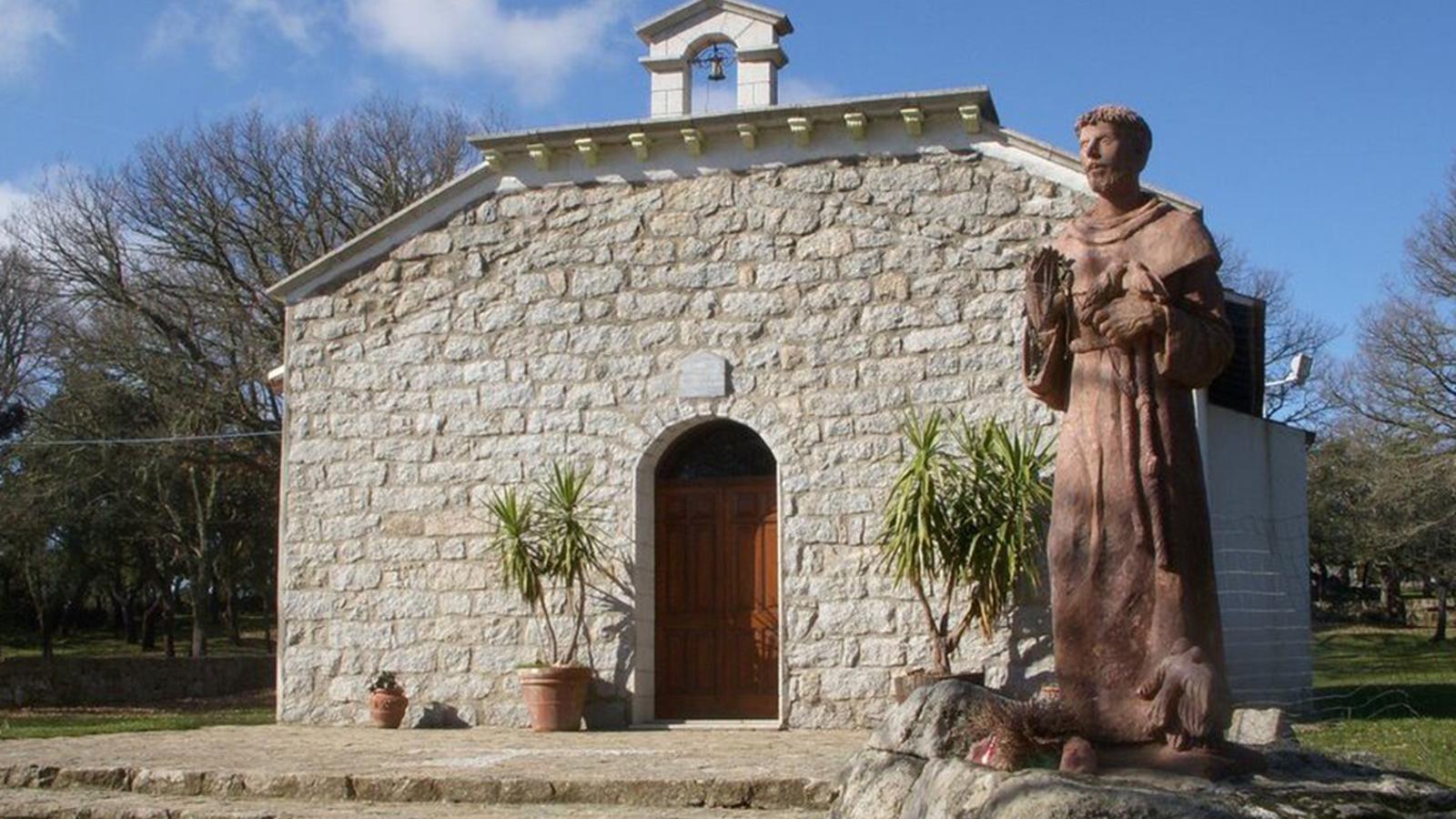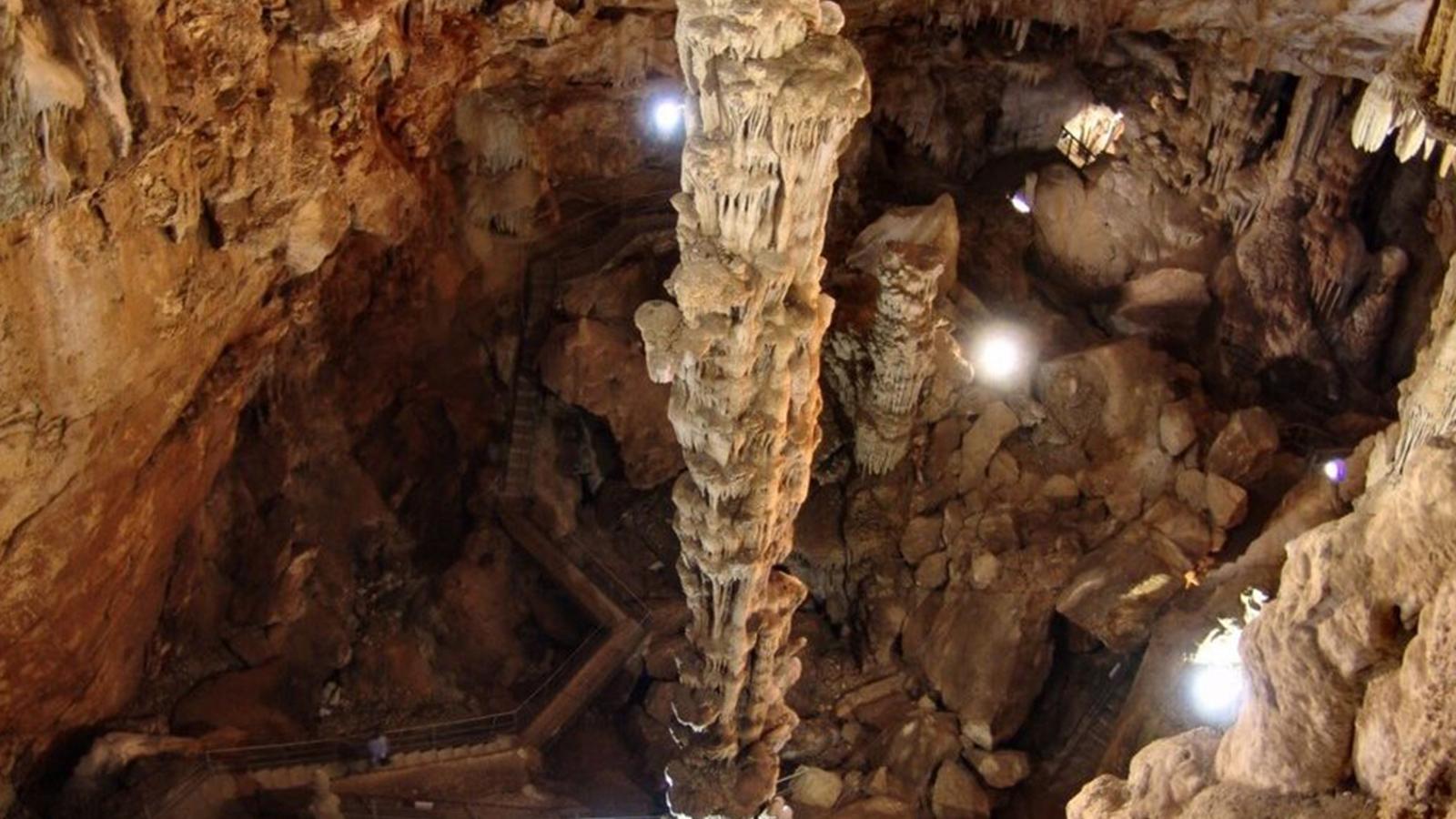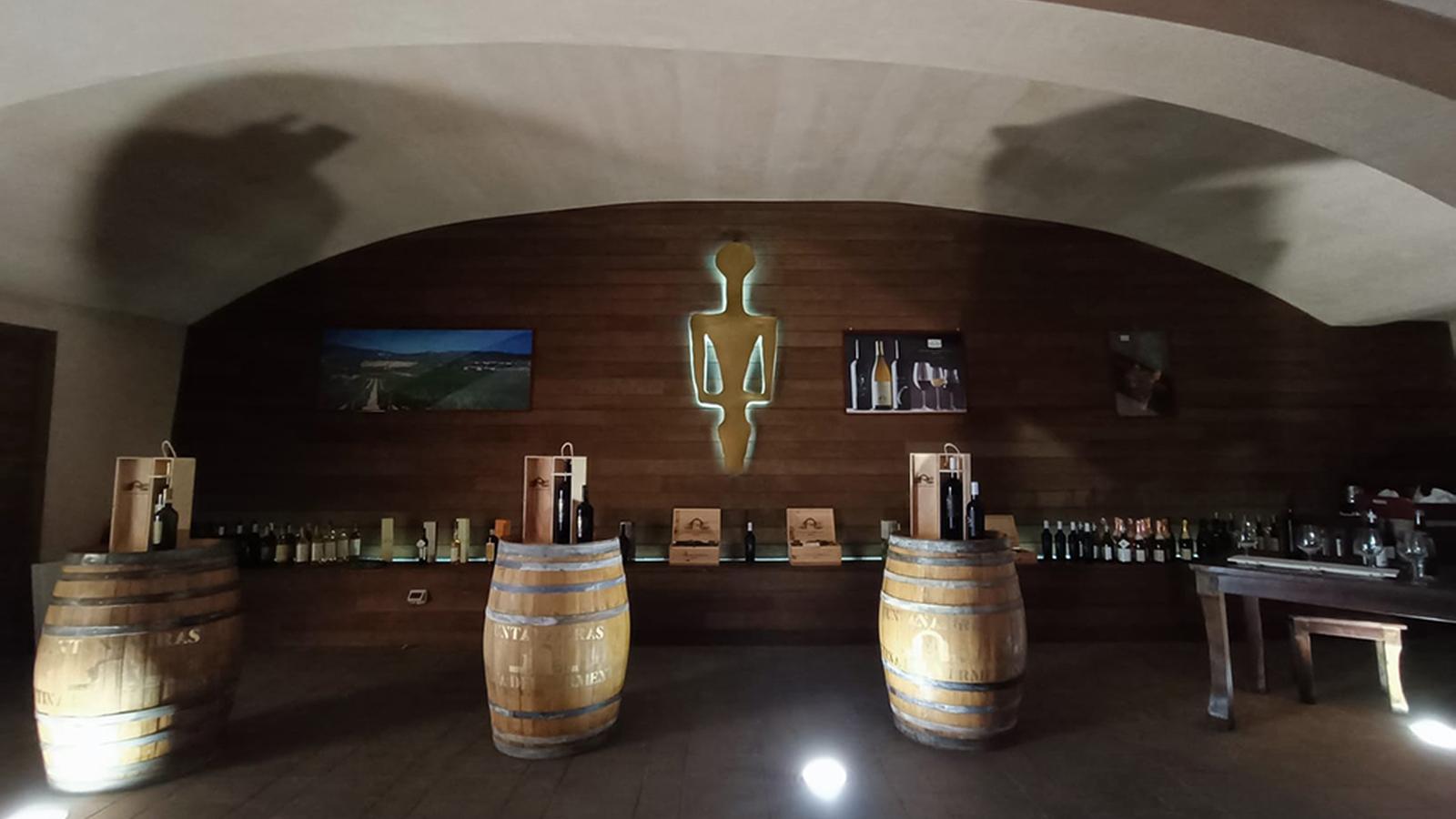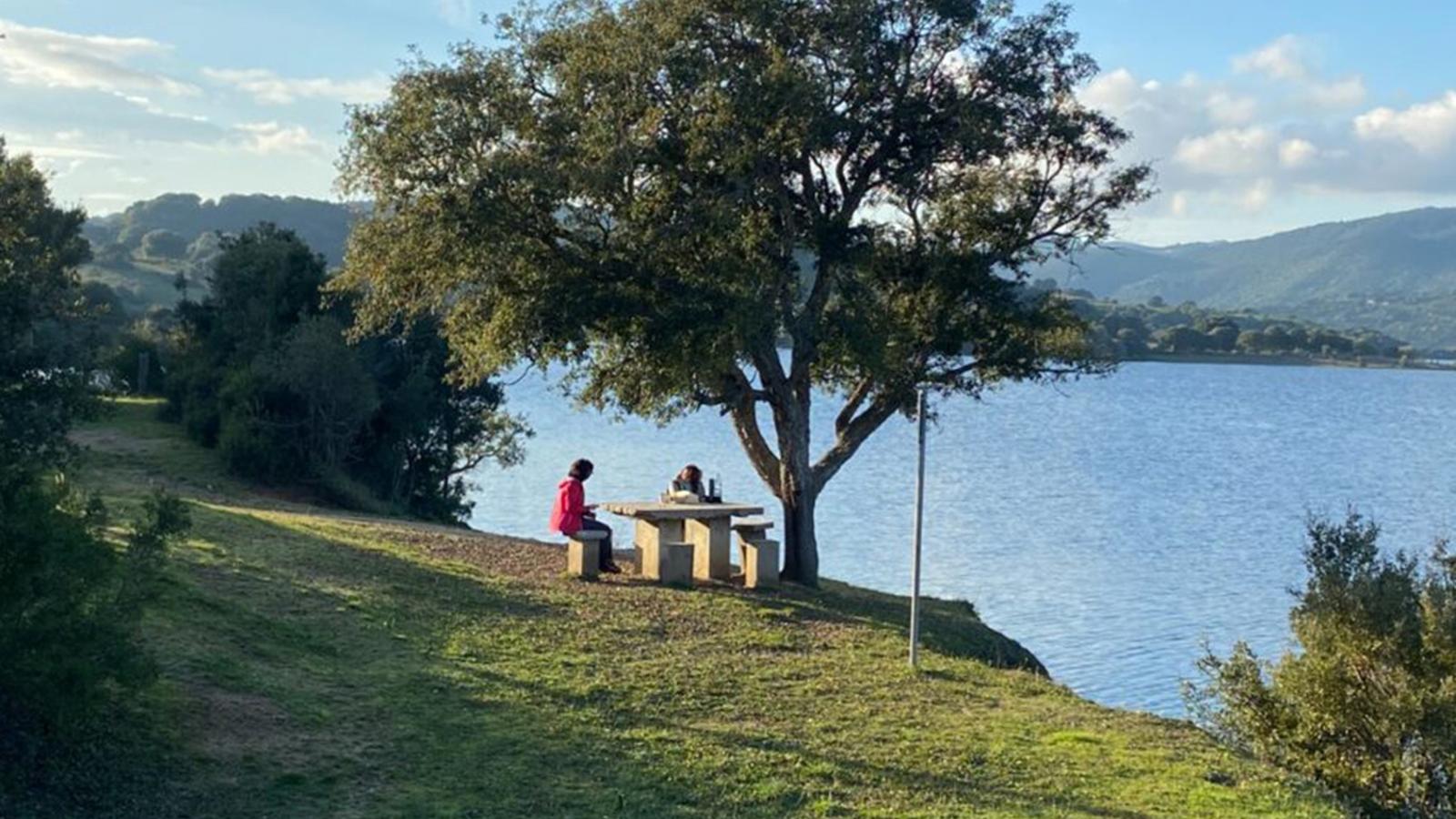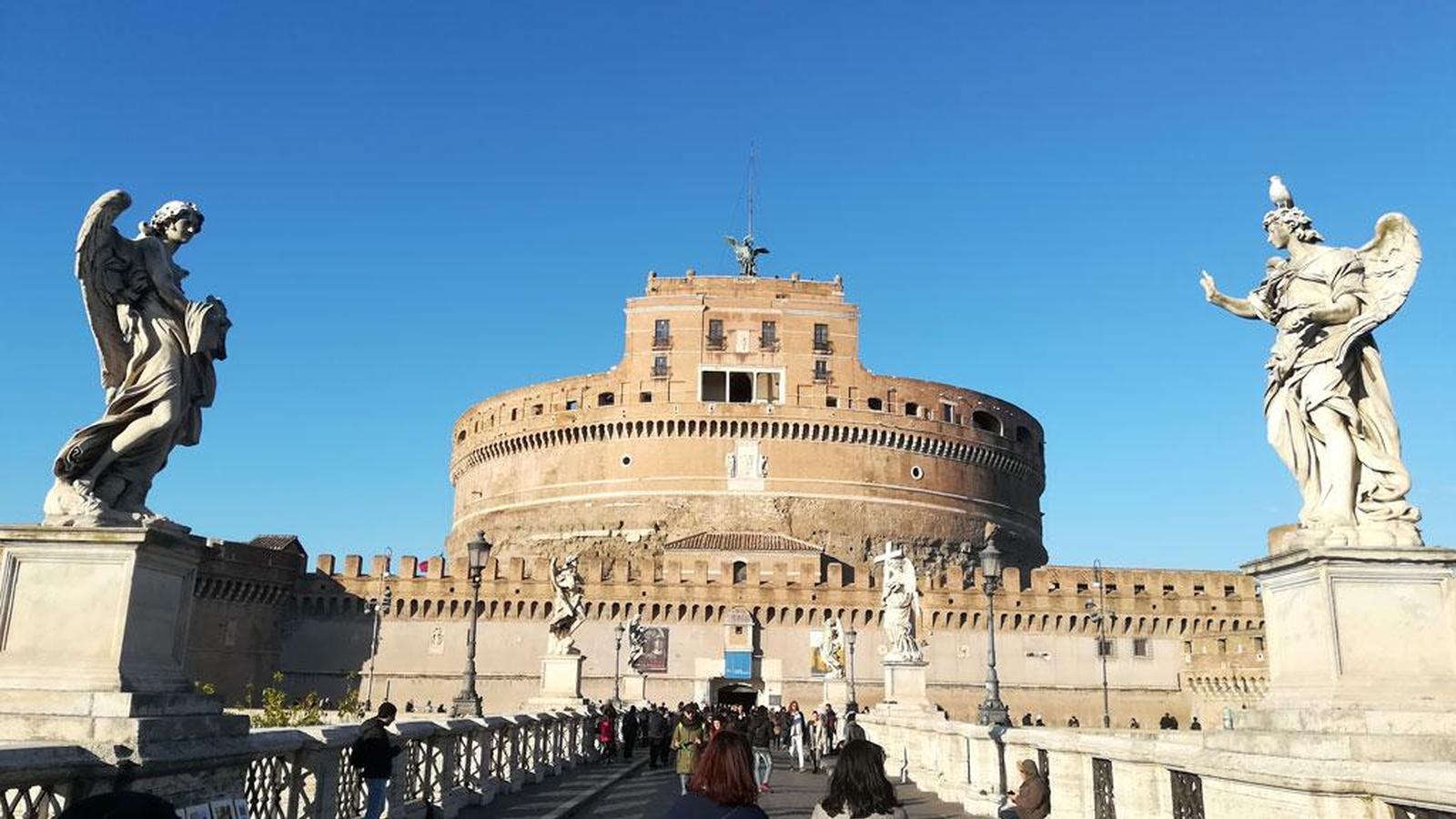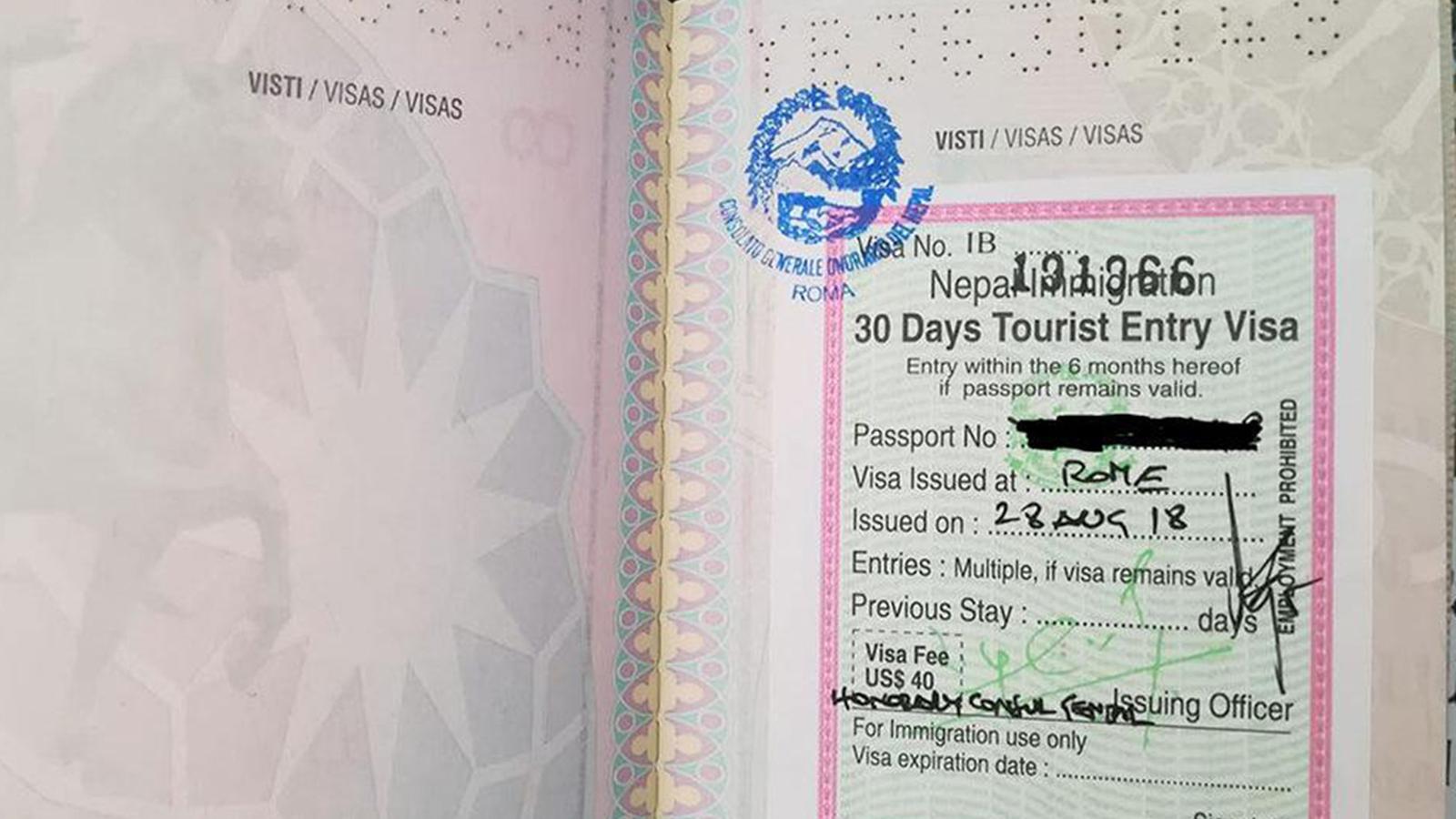Located just 40 kilometers from Olbia, Alà dei Sardi preserves within its cultural heritage the peculiarities that are common to the more remote and ancient parts of Sardinia. Here, people play 'sa murra' and sing a tenore, just like in Barbagia. Even the graduates of the village still wear 'belludu' (velvet) and 'fustanu' (homespun) garments, typical of Sardinian pastoral fashion. However, this is just the tip of the iceberg when it comes to the substantial conservativism in the way of life of the people of Alà.
The main reason for this situation is a sort of centuries-long isolation that the populations of this plateau have experienced. Up until the last decade of the 19th century, it was cut off from any road connecting it to other parts of Sardinia. In 1823, the mayor of the village threatened to appeal to the government of Madrid against the claims of Alberto La Marmora, who was visiting Sardinia on behalf of the House of Savoy. It's likely that news of the island's transfer from the Spanish to the Piedmontese - which occurred a century earlier - did not even reach these latitudes. It was only with the completion of the Strada Reale Nuoro-Monti that this isolation gradually gave way to interactions with neighboring Gallura and the northern coast of the island.
Before this, the people of Alà had to find forms of self-management to overcome this significant detachment from the rest of the world. This has reverberated in the local cultural heritage, which has been preserved more than elsewhere and has developed unique forms of expression.
One curious example is the organization of the village's religious festivals. Ten saints are celebrated in total. For most of them, the procedure involves 's'intregu de sa bandera,' which is the entrusting of the saint's banner to the prior who will oversee the celebrations. During autumn, after the last saint celebrated in the year (Santu Frantziscu, or Saint Francis, a countryside festival that sees the presence of over ten thousand pilgrims from all over Sardinia in three days), the process of organizing the celebrations begins. On alternate Saturdays, the population gathers after the blessing of the banner in the church, and they meet in a hall where citizens' offerings are collected. In return, they are offered various local delicacies: different types of cheeses, assorted cold cuts, wine, brandy, and an abundance of typical sweets. Virtually the entire population gathers in the same physical space, spending the evening talking, discussing, exchanging opinions and information, and greeting the fellow Alà residents who have emigrated. The elderly tend to leave early and return home before the others. The younger ones stay until dawn, singing a tenore, playing 'sa murra,' laughing, and joking with their friends. With an average of two gatherings per month, practically throughout the cold half of the year, these 'intregos' continue.
In spring, for the same saint, a rotation of 'cuèstias' is organized instead. This time, on Sunday mornings. They start at seven, meet in one place, have breakfast together, a substantial one: bread with various accompaniments such as sausages, ham, bacon, and other cold cuts, and cheeses of all kinds. Afterward, groups of people are formed who will divide the village neighborhoods, where they will play music from house to house, asking for an offering for the saint. Those who open the door and offer more (followed by the wish to donate for a hundred years, always in the Sardinian language) also give a drink to the beggars, either on their doorstep or in cellars properly prepared with various pastries and drinks. At lunchtime, they return to where they had breakfast for a communal lunch, during which the offerings are counted, and reports are handed over to the prior. The evening continues with autonomous groups that meet in private homes to continue the Sunday fun.
From May to October, the period of actual celebrations follows the typical modus of Sardinian villages. The particularity lies in everything that comes before, as detailedly explained.
Other interesting ways to spend the long and harsh winters typical of inland Sardinia include visiting 'sas saletas' nightly. These are old houses in the 'mesu bidda' - the historical center - inherited from grandparents or bachelor uncles, which, no longer functional for the changing housing needs of modernity, were used by the 'grefas' - groups of friends - to spend evenings in warmth and company. A fireplace, wood gathered from the fields, meat to be roasted on skewers and grills, an old refrigerator to store beverages of every kind, a deck of cards, a guitar, and a lot of desire to have fun. Even first loves were born sheltered from the community's gossip. No televisions are needed; stories by the fire suffice, absurd conquests of an improbable playboy, teasing the sensitive person of the group, to spend evenings that are always different from one another, in a sort of autonomous and self-managed community, where the next day those who can clean, collect ash, and prepare for the next meeting.
And when there are just a few people or the evening doesn't take off, they go to visit other 'grefas' gathered in other 'saletas,' preferably those that are closer in proximity and age. Visits from the older generation were also often received, who under the pretext of being invited for a good glass of wine, checked on their child, a younger sibling, a godchild. Making sure that healthy entertainments were taking place without any excess. In a sort of widespread social control - there was a continuous exchange of information between various parents - and, above all, discreet and under the radar.
This is how the winter was spent in Alà dei Sardi, a village that has used its isolation to develop unique and distinctive forms of sociability. Even today, these characteristics set the people of Alà apart in the already distinctive and unique way of life of the Sardinian people.
First and foremost, a heartfelt thank you to Roberto Mette for explaining, passing on, and introducing us to the traditions of Alà dei Sardi. This article was written by him for our blog, and we can only be honored.
Article written by Roberto Mette - Montacuto Committee
